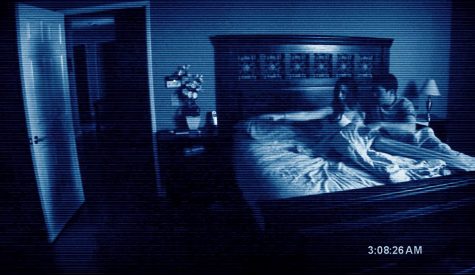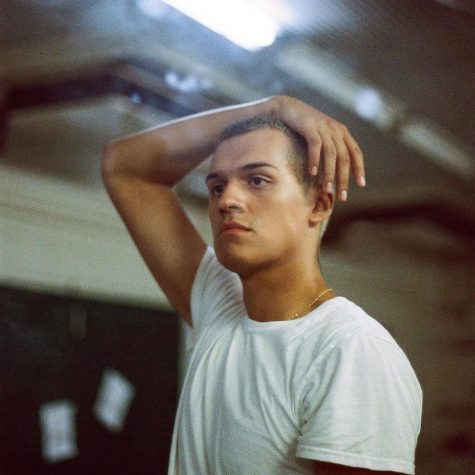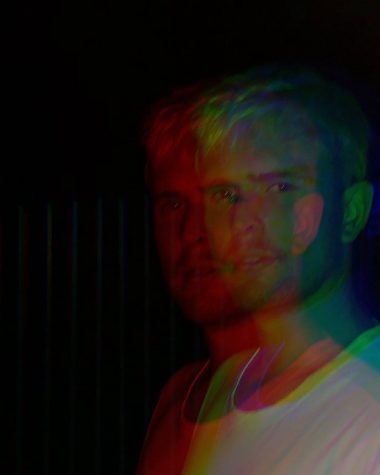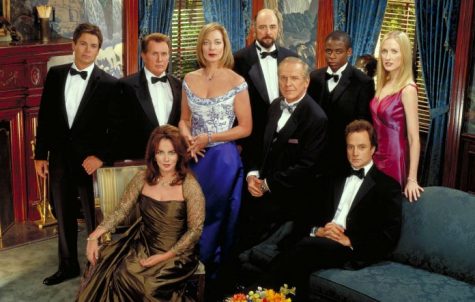“The Circle” Plays At Our Desire To Connect
“The Circle,” a Netflix original reality TV show explores the way people connect and interact online. (Courtesy of Facebook)
March 4, 2020
At first glance, Netflix’s latest reality show “The Circle” seems like another over-dramatized and outlandish competition filled with contestants hoping to find fame. However, upon further viewing, it becomes apparent that “The Circle’’ mirrors the very real — yet still outlandish — way we use social media every day.
A remake of the British program of the same name, Netflix’s “The Circle” first premiered in January. The contestants are kept isolated in individual apartments, communicating solely via a social network called “The Circle.” The goal is to rise in popularity, as ranked by their fellow players, and become an influencer. Those who fall in the rankings risk being blocked or eliminated from the show.
Contestants are not required to play as themselves — as is the nature of the internet — thus leaving the possibility of catfish lurking around.
With a rather ridiculous premise, it may seem strange to think that parallels could be made to real life. Nevertheless, the tactics used by the contestants to foster an appealing persona and connect with others via social media are quite realistic.
The Wired’s review of the show praised its ability to dramatize the common experiences of social media use, asking, “A reality show about people alone in their rooms trying to be cool online — could anything be more cursed?”
“The Circle” has drawn obvious comparisons to another Netflix program, “Black Mirror,” but it may not be as exaggerated a portrayal of technology as we would like it to be. When we interact with others on social media, we are, more often than not, alone. We amplify false perceptions by sharing only the most perfect snapshots of our lives online. Just like in “The Circle,” our ability to pass these images off as our honest reality leads to the best reception from followers.
The social media platform depicted on “The Circle” is voice activated — meaning the contestants sit in their rooms talking to themselves, saying phrases like “heart emoji, send” one too many times. While this may seem tedious at first, it serves as a reminder that exchanges on the internet are grounded in real human communication. With the messages all read aloud, the lines are blurred between digital and in person interactions.
In today’s world, many of our social exchanges occur in a digital manner. Though this often fosters more convenience and connectivity, there are immense downsides. Whether it be a breakup over text message or a friendship ended via Snapchat, virtual communication can easily take a turn for the worse when essential confrontations are avoided through technology.
The humanity that underlies these interactions is often lost in translation, as we can avoid seeing the other person’s reaction face-to-face. While we think that it may be easier to communicate through these platforms, it largely does us all a disservice.
Throughout the season, contestants constantly value “real” interactions and connections with the others. The cast members who formed bonds with other players and remained loyal to those alliances often performed the best. However, with potential catfish abound and all interactions taking place via “The Circle,” it is hard to infer whether one could consider any of these connections real.
Still, “The Circle” demonstrates that connections fostered online are not inherently shallow. As one of the final contestants explained upon meeting the others in person, “I genuinely feel the love in this room, the connections that we made.”
There is a universal nature in how people form connections, both online and offline. “The Circle” shows how social media exploits the desire for each of us to reach out and connect with one another. The most effective tool on the show proved to be loyalty and sense of sincerity, even when it might have been falsified.
On the internet, there is not a single person who honestly portrays themselves. Instagram sees only our best angles, Twitter only our wittiest jokes and Facebook our happiest moments. This is not to say that these are not real, but rather that they hide the complete and far more complicated picture.
We all struggle to recognize the multitudes that exist in one another. When we see gorgeous “candid” shots posted by friends, we are often filled with intense jealousy. But what we fail to consider each time is that, like us, these friends are likely carefully watching the likes and comments they receive and worrying about whether they will be enough.
“The Circle” is a light-hearted reminder that everyone is fake online, yet we all crave authenticity and admire those who portray it best. The world is changing, and the way that we communicate has been forever altered by the omnipresence of technology in modern life. These changes are fascinating and frightening all at once.
We cannot make the sweeping generalization that all social media use is harmful to a user’s mental health — although it certainly can be. There are nuanced levels to all technology use, and “The Circle” reminds us that we all have the same concerns about how we appear online.
Hopefully, with shows like this, we can learn to laugh at the ridiculousness of social media and maybe make some genuine connections along the way.
Columnist volume 101, Editorial Director and Opinion Editor volume 102












If you want a picture to show with your comment, go get a gravatar.